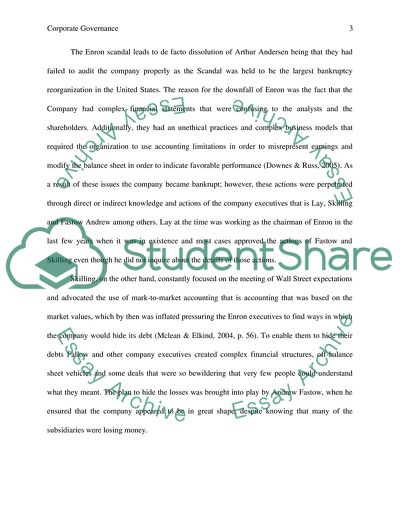Cite this document
(Management Systems of Enron Essay Example | Topics and Well Written Essays - 3000 words, n.d.)
Management Systems of Enron Essay Example | Topics and Well Written Essays - 3000 words. https://studentshare.org/management/1860440-corporate-governance
Management Systems of Enron Essay Example | Topics and Well Written Essays - 3000 words. https://studentshare.org/management/1860440-corporate-governance
(Management Systems of Enron Essay Example | Topics and Well Written Essays - 3000 Words)
Management Systems of Enron Essay Example | Topics and Well Written Essays - 3000 Words. https://studentshare.org/management/1860440-corporate-governance.
Management Systems of Enron Essay Example | Topics and Well Written Essays - 3000 Words. https://studentshare.org/management/1860440-corporate-governance.
“Management Systems of Enron Essay Example | Topics and Well Written Essays - 3000 Words”. https://studentshare.org/management/1860440-corporate-governance.


